Oral health is a critical component of overall well-being, yet access to dental care and insurance coverage remains a challenge for many Canadians. While most Canadians prioritize dental care, a significant portion of the population faces financial and accessibility barriers. Based on recent statistics, we explore key insights into dental care trends, insurance coverage, and disparities within the Canadian population.

Dental Visits: A High Priority for Canadians
Roughly 80% of Canadians have a dentist, demonstrating a strong cultural and societal emphasis on maintaining oral health. Dentists are a regular part of most Canadians’ health care routines, with 85.7% of Canadians visiting a dentist within a two-year period. This high frequency of dental visits reflects not only the importance placed on oral hygiene but also the availability and accessibility of dental services for the majority of the population.
These high percentages indicate that the majority of Canadians understand the value of preventive dental care. Regular checkups help reduce the risks of severe oral health problems, such as gum disease and tooth decay, while promoting long-term dental health.
Gaps in Dental Insurance Coverage
While most Canadians maintain regular dental visits, insurance coverage is not as widespread. 32% of Canadians have no dental insurance, leaving a significant portion of the population to cover dental expenses out of pocket. This lack of coverage presents financial challenges, as dental procedures—especially restorative ones like crowns or implants—can be costly.
For many Canadians, especially those in lower-income brackets or older age groups, the absence of insurance leads to skipped dental visits and untreated dental issues. Among the population aged 60 to 79, 53% do not have dental insurance. This statistic is particularly concerning because seniors are more likely to need extensive dental care, from managing tooth loss to dealing with age-related oral health issues such as dry mouth or periodontal disease. Without insurance, many older adults face significant financial burdens in maintaining their dental health.
Furthermore, insurance disparities are closely tied to income levels. 50% of Canadians in lower-income brackets lack dental insurance, highlighting a stark socioeconomic divide in access to dental care. For those with limited resources, the cost of even routine dental care, such as cleanings and exams, can become prohibitive, resulting in deferred treatment and more serious problems down the line.
Dental care is a high priority for the majority of Canadians, yet significant gaps in dental insurance coverage persist, particularly among older adults and lower-income populations. While most Canadians recognize the importance of regular dental visits, the financial burden of care remains a barrier for millions. Expanding access to dental insurance and integrating dental care more fully into Canada’s healthcare system could help address these disparities and improve overall health outcomes across the country.
Dentist visit costs
Dental costs in Canada can be a significant financial burden, especially for those without dental insurance. Routine services such as cleanings, exams, and X-rays can range from $100 to $300, while more extensive procedures like fillings, crowns, root canals, and implants can cost several hundred to thousands of dollars depending on the complexity of the treatment. For individuals without insurance—particularly seniors and low-income Canadians—these costs often lead to delayed or skipped dental care, potentially resulting in more severe oral health issues over time. Expanding access to affordable dental care is crucial to ensure that Canadians can maintain good oral health without facing prohibitive expenses. To learn more about dental costs, click here.
Frequently asked questions (FAQs) related to dental care in Canada
1. What percentage of Canadians visit a dentist regularly?
Approximately 85.7% of Canadians visit a dentist within a two-year period. This statistic highlights that the majority of Canadians prioritize their dental health and make regular visits to maintain good oral hygiene.
2. How many Canadians don’t have dental insurance?
About 32% of Canadians do not have dental insurance. This means nearly one-third of the population may face out-of-pocket expenses for dental care, which can make it challenging for some individuals to afford necessary treatments.
3. Who is most likely to lack dental insurance in Canada?
Two groups stand out:
- 53% of adults aged 60 to 79 do not have dental insurance.
- 50% of lower-income Canadians also lack dental insurance. These groups face higher barriers to accessing affordable dental care, which can impact their overall oral health.
4. Why is dental insurance coverage important?
Dental insurance helps cover the costs of preventive care (such as cleanings and checkups), as well as more expensive procedures like fillings, crowns, and root canals. Without insurance, many Canadians may avoid or delay dental visits due to cost, potentially leading to worse oral health outcomes.
5. What are the challenges for Canadians without dental insurance?
Canadians without dental insurance often have to pay for dental services out of pocket, which can lead to financial strain. This is especially problematic for those in lower-income brackets and older adults, who may require more frequent or costly dental care. Many uninsured individuals may skip routine checkups, increasing their risk of serious dental issues that could have been prevented.
5. How many dentists in Ontario?
According to the RCSDO website as of the time of writing this article, there is 19530 licensed dentists currently registered with the RCDSO in Ontario, Canada.




